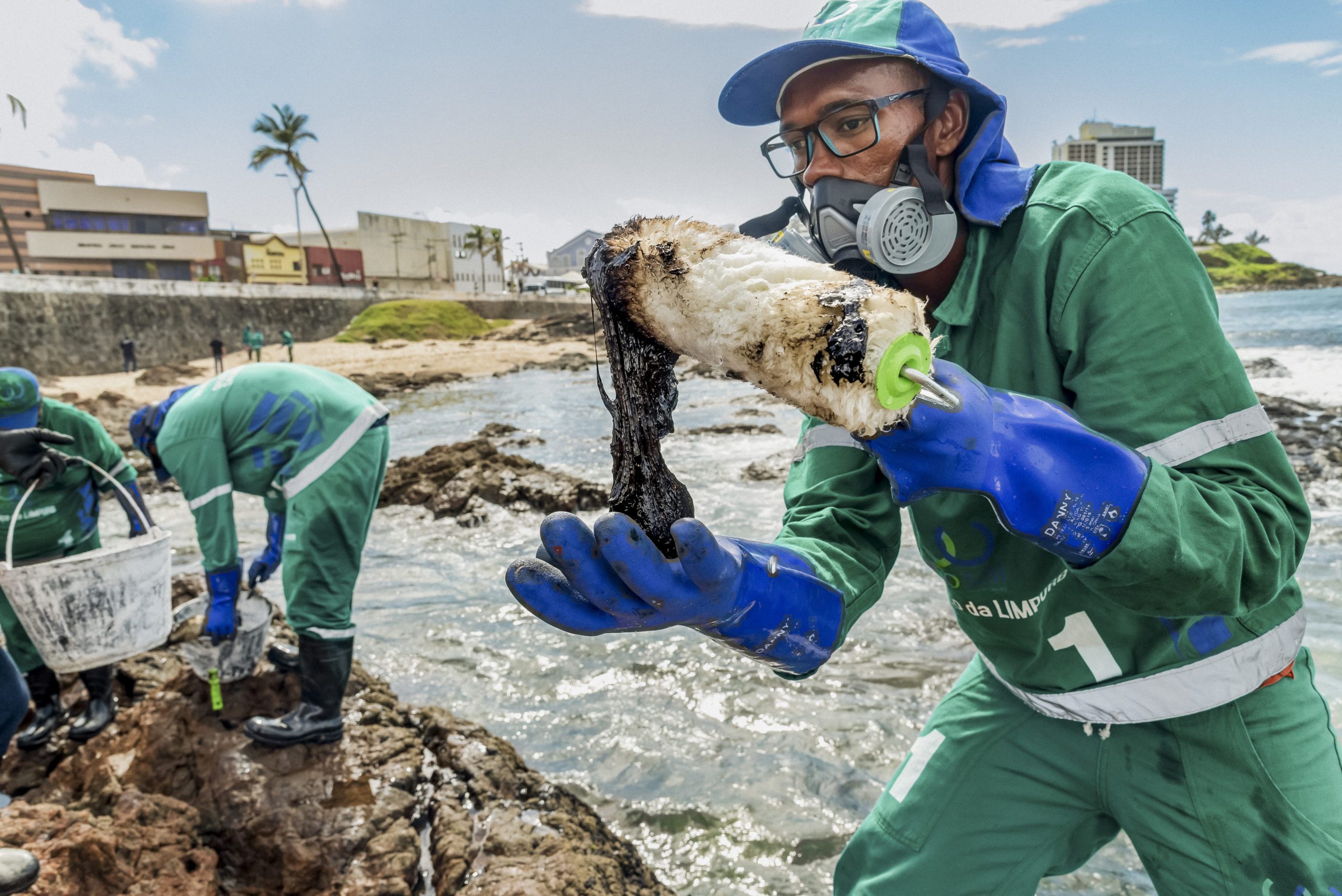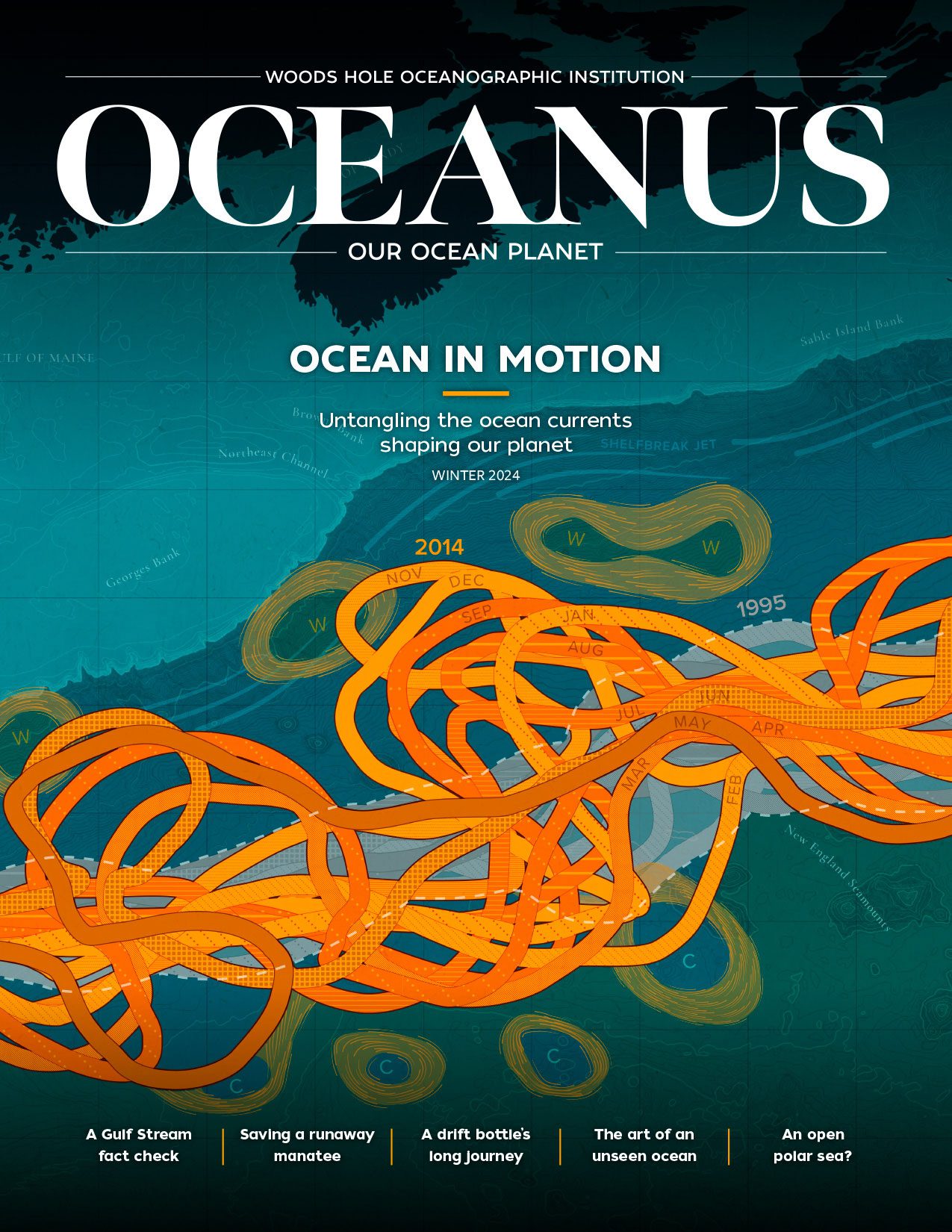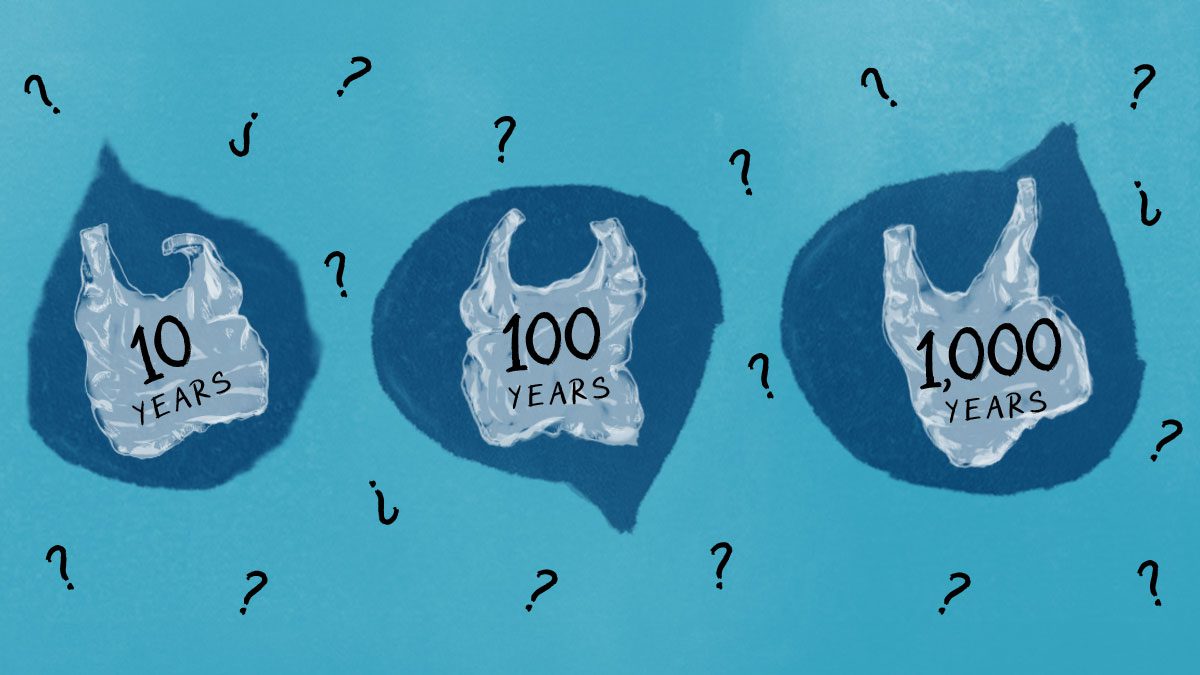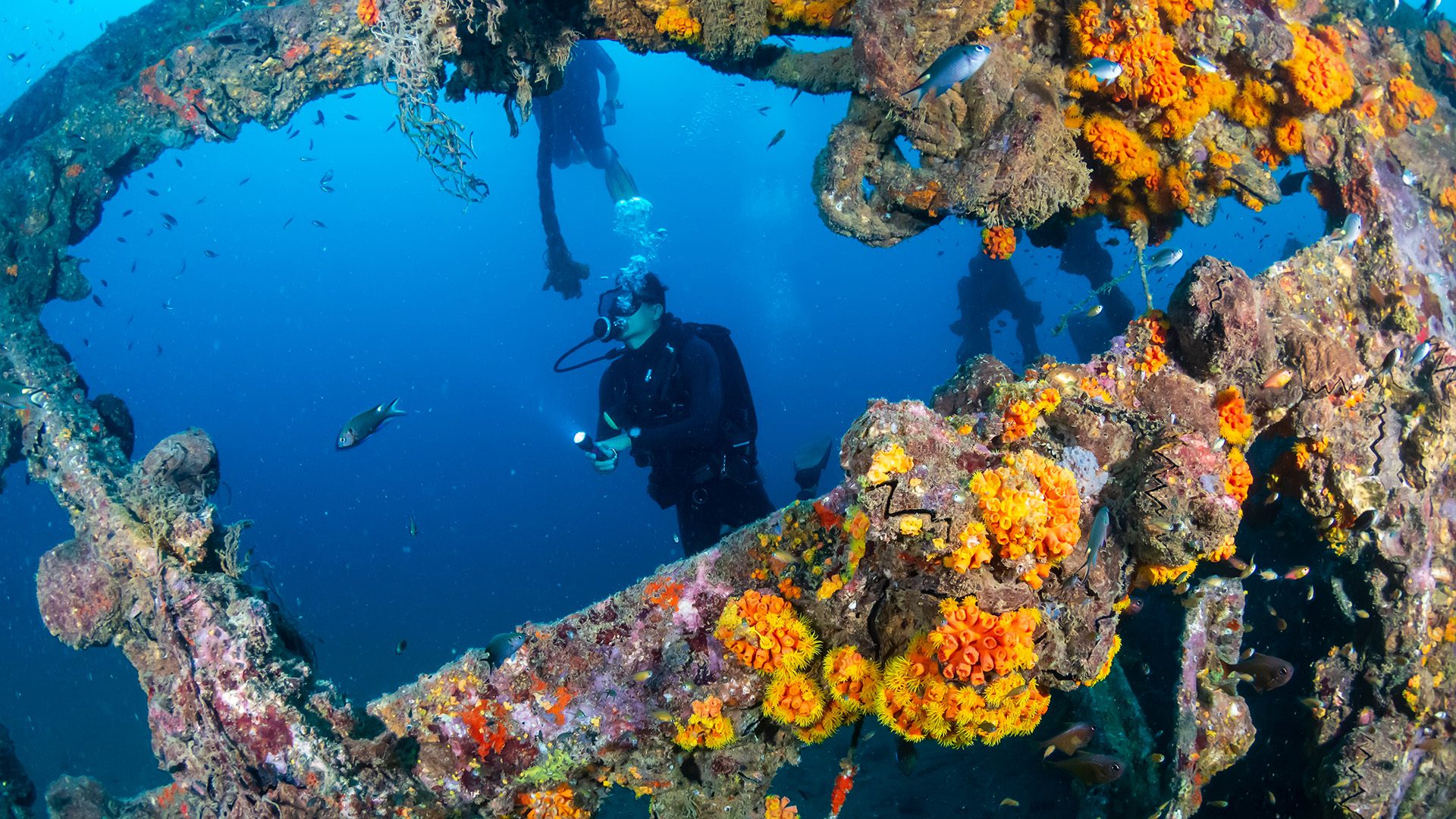The ocean currents behind Brazil’s pollution problem
South America’s largest country reckons with both history and ocean currents in a recent spree of pollution

Estimated reading time: 4 minutes
 This article printed in Oceanus Winter 2024
This article printed in Oceanus Winter 2024
Ocean currents regulate our climate by transporting heat, and support the marine food web by carrying nutrients around the globe. In Brazil, however, currents have earned a reputation for conveying something more problematic: pollution.
The past six years have been tough on South America’s largest country. In 2018 and 2021, waves of mysterious rubber bales began peppering Brazilian beaches after being dislodged from the hulls of two German shipwrecks from the World War II era, the SS Rio Grande and the SS Weserland. In 2019, one of the worst oil spills in the country’s history made landfall—over 200 tons of fuel oil that blackened nearly half of the country’s 4,600-mile (7,402-kilometer) coastline, impacting 11 states and eight marine protected areas. Suffice it to say, the country hasn’t had much time to breathe between these disasters.
“Brazil is receiving everything that's in the middle of the South Tropical Atlantic Ocean,” says Carlos Teixeira, a physical oceanographer at the Universidade Federal do Ceará. He and his colleagues initially contacted WHOI for help investigating the origins of these pollutants in 2019, and reached out again in 2022 when a second oil spill reached Brazil’s shores.
Pollution deals a particular sting to Brazil, an economy that gets one-fifth of its GDP from coastal tourism and maritime industries. But while the latest string of environmental disasters seems like just a cruel twist of fate, they are actually a consequence of Brazil’s proximity to a set of ocean currents.
One is the South Equatorial Current (SEC), a 2,800-mile-long, 600-mile-wide feature that stretches west from Africa to Brazil. Trade winds and the Earth’s rotation drive this confluence at a steady, interminable pace, pushing enough water to fill 21,000 Olympic-sized swimming pools per second. At this scale and intensity, the SEC entrains nearly everything in its path as it travels westward toward Brazil. Just before it reaches the coast, it forks and creates the North Brazil Current and the southbound Brazil Current. The combined westward and north-south direction of this water creates a pollutant distribution system unlike any other seen in the South Atlantic.

A map displaying the South Equatorial Current (center) and the North Brazil and Brazil currents (left center). (Figure from Talley et al. (2011).)
“Because of where the bifurcation (splitting between currents) is, Brazil is somewhat assured to get [pollutants], both north and south,” says WHOI marine chemist Chris Reddy, who helped the Brazilian team analyze samples of the bales and the oil. “It’s like being a goalie in front of a 100-foot-wide net.”
For scientists like Reddy and Teixeira, these currents provide vital context that help reveal the origins of pollutants. Using computer simulations, ocean scientists can plug in known data about a pollutant—its level of buoyancy and where it was deposited, for instance—to see how and where an object might have travelled in the ocean. The speed and direction of nearby currents like the SEC help scientists determine possible routes the debris might have taken. By running the model backwards, they can follow the waste back to its probable source.
That bit of time wizardry is how Teixeira and his colleagues managed to link the rubber bales to the SS Rio Grande in 2019. Other context, like the ship’s manifest and the rubber’s “Made in Indochina” timestamp, made the hypothesis of cargo being released from an 18,000-foot-deep wreck an irrefutable conclusion.
It likely won’t be the last time Brazil’s shores are unexpectedly inundated with pollutants. The South Atlantic basin is the final resting place for at least 600 other shipwrecks, many of which could be potential time bombs for the release of everything from benign cargo, like the rubber bales, to more toxic pollutants, like fuel oil (the origins of the 2019 spill remain undetermined).
“Maybe it's not in the next 10 years, but in the next 50 or 100 years, these shipwrecks will corrode and break, and their cargo may come to surface,” says Teixeira. “When they do, Brazil is almost sure to be hit.”
Residents in the northern hemisphere can expect to feel the impacts. As the North Brazil Current pushes water toward the Gulf Stream, it will distribute pollutants farther north. This happened between 2018 and 2021, when several dozen bales started showing up across beaches in Corpus Christi, Texas, Palm Beach, Fla., and the Florida Keys. Reddy’s analysis concluded they were the same rubber found on Brazil's beaches.
There is a silver lining. Amid these environmental disasters, scientists can glean important data about how different pollutants persist in the ocean. Pollutants that make the long journey from West Africa to Brazil and up to the Gulf of Mexico will surely carry with them insights about humanity’s footprint on the natural world.
“Every data point has a past pollution event,” says Reddy. “It’s worth understanding what happens to a [pollutant], because it gives you information about making decisions—either on an acute basis, like an oil spill, or in the creation of sustainable materials like bio straws. Each event provides a reference point to understand how nature responds to uninvited guests.”




